Minerals formed as a result of the bombardment of the Earth by meteorites (10 photos)
In geology, there is a whole list of unusual minerals that could be formed on Earth under the influence of meteorite impacts. Silicon, carbon, iron, nickel... Some of the minerals found in craters or meteorites themselves resemble cullet, while others, even in their raw form, are works of art. 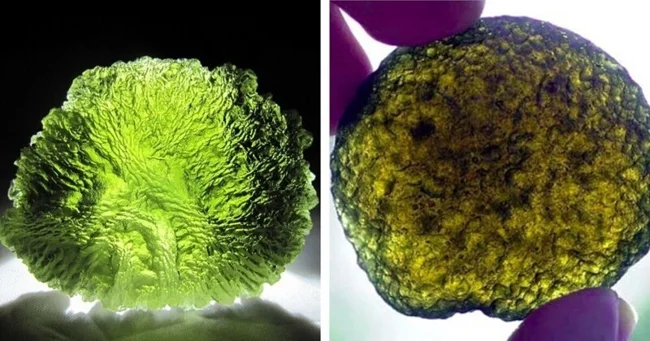
1. Moissanite 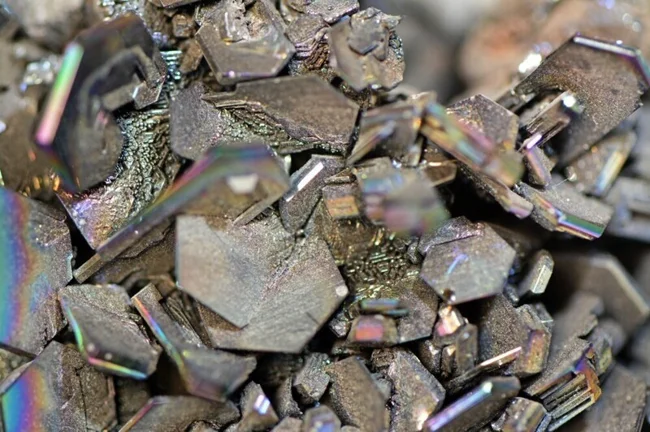
Moissanite is a silicon-carbon mineral. Moissanite crystals have no color. Natural moissanite can only be found in very small quantities in some types of meteorites and in corundum deposits and kimberlites. In nature, single crystals do not exceed a few millimeters in size. By the way, recently scientists have developed and were able to implement a technology for growing moissanite in laboratory conditions. Synthetic moissanites may soon be able to replace artificial diamonds in jewelry, since they are easier to process, but are practically indistinguishable from diamonds.
2. Moldavite 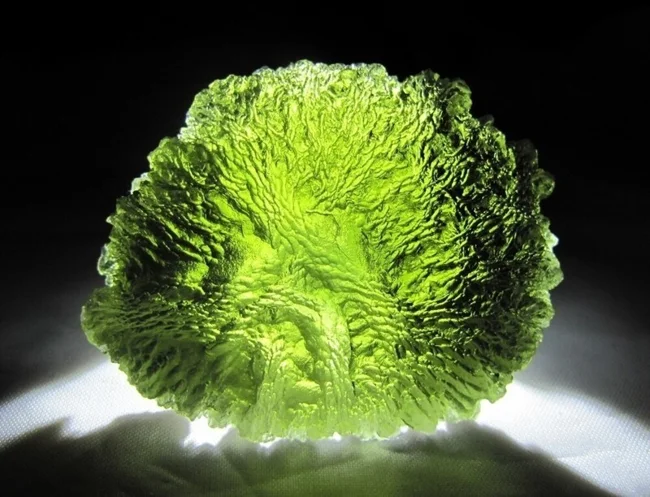
Moldavite is usually called so after the German name of the Vltava River - Moldau. It was there that moldavite was first discovered. The second name for moldavite is “bottle stone.” The mineral is a glassy siliceous rock. Moldavite can be light green, marsh green, dark green and even brown. This mineral was formed as a result of falling meteorites. Due to the high temperature and shock wave, silicon was sintered, turning into glassy rock.
3. Cosmochlor 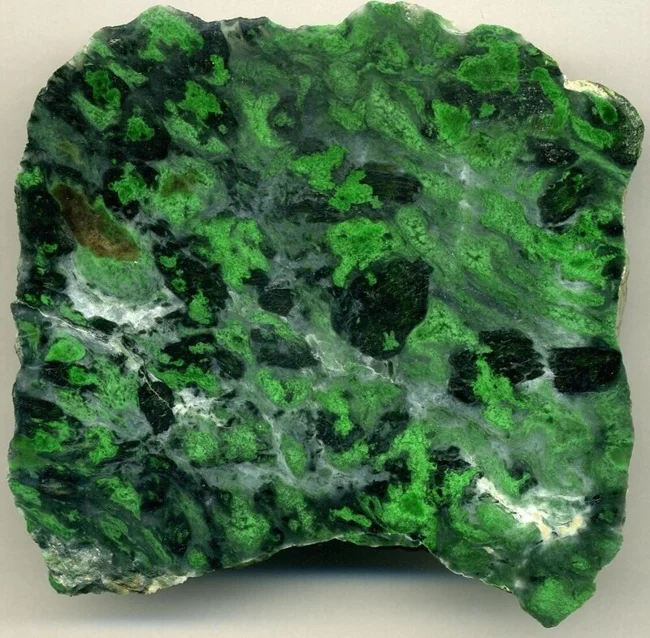
A mineral formed by the sintering of sodium, chromium and silicates. It was first discovered in the Toluca iron meteorite in Mexico in 1897. Since then, cosmochlore has sometimes been found at the sites of large meteorite impacts. Currently, cosmochlore has been found in small quantities in craters in Myanmar, Italy, Japan, Poland, the USA and South Africa. It is noteworthy that there is practically no chlorine in the composition of this mineral.
4. Chaoit 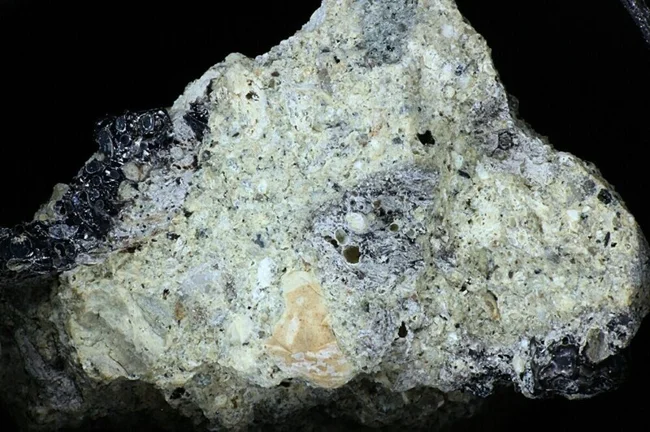
Chaoite is also called white carbon because of its appearance. Chaoite comes in different shades. But most often it is ash-gray with small inclusions. Chaoite is a carbon mineral with large amounts of chlorine as well as silicon. Chaoite was first found in the Nördlingen Ris crater in Germany.
5. Trevorite 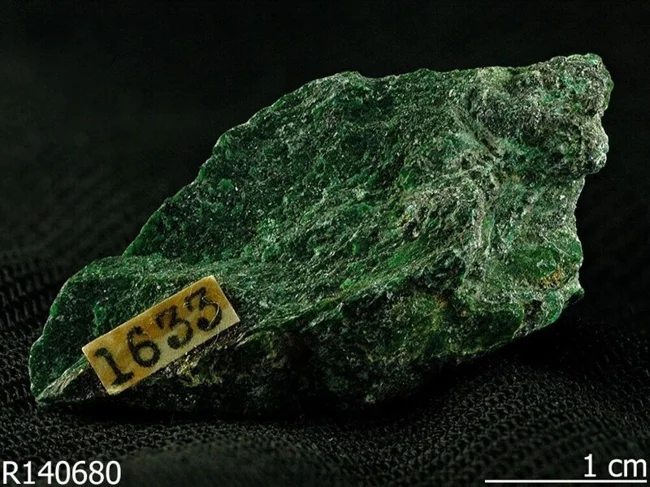
Trevorite (NiFe
2
O
4
) - a mineral of the class of oxides and hydroxides, was named after T. Trevor, a mining inspector in the Transvaal. Exceptionally rare. Trevorite was discovered in craters in Germany and South Africa. Trevorite was also found in the Renazzo meteorite (Italy).
6. Georgianite 
Georgianite is a silicate glass and its composition is close to moldavite, but is rarer. Georgianite was discovered only in the southeastern United States in the state of Georgia. The field and trajectory of the Georgianites is centered on the Chesapeake Impact Crater, located in Virginia's Cape Charles (Chesapeake Bay) area, where the catastrophe is believed to have occurred more than 35 million years ago, during the late Eocene-Paleogene era.
7. Bediasite 
Bediasite is also a rare form of glass of meteorite origin. Bediasite is found in Texas, USA. The mineral received its name in honor of the Texas town of Bedias, where it was first discovered. The mass of the largest bediasite discovered barely exceeds 200 grams. It is noteworthy that bediasite and Georgianite were formed as a result of the impact of the same meteorite about 35 million years ago.
8. Tetratenitis 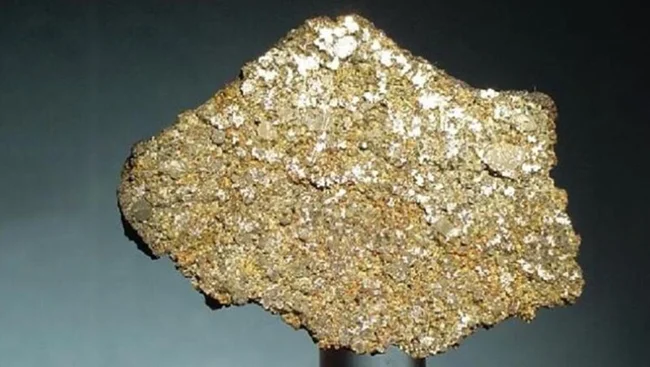
Tetratenite is an alloy of iron and nickel. Along with kamacite, taenite and antitenite, it is one of the four constituent minerals of iron meteorites, also present in siderolites and chondrites. Tetratenites can form not only as a result of meteorite bombardment. Natural veins with tetratenite occur on Earth. Tetratenite was first discovered in mineral samples from the Estherville meteorite, which fell on May 10, 1879 in Iowa, USA. Tetratenite is a nickel-iron alloy with abundant inclusions of cobalt or nickel.
9. Octahedrite 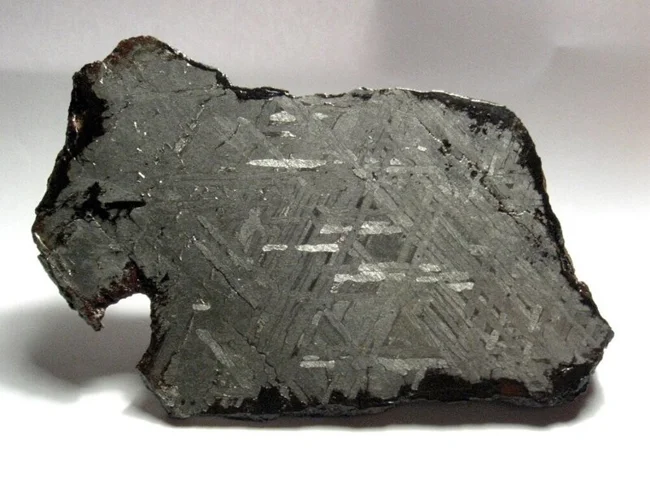
Octahedrite is interesting because it is essentially the meteorite itself. The most common structural class of iron meteorites is mostly composed of octahedrite or taenite, composed of iron and nickel.
